#san Diego Zoo
Text

A Somali wild ass (Equus africanus somaliensis) rolls in the sand at San Diego Zoo and Safari Park
by Helene Hoffman
#somali wild ass#african wild ass#equines#equus africanus#equus#equidae#perissodactyla#mammalia#chordata#san diego zoo#captive animal
1K notes
·
View notes
Text
Some San Diego Zoo babies from early April 2023.

7-week old Amur leopard.
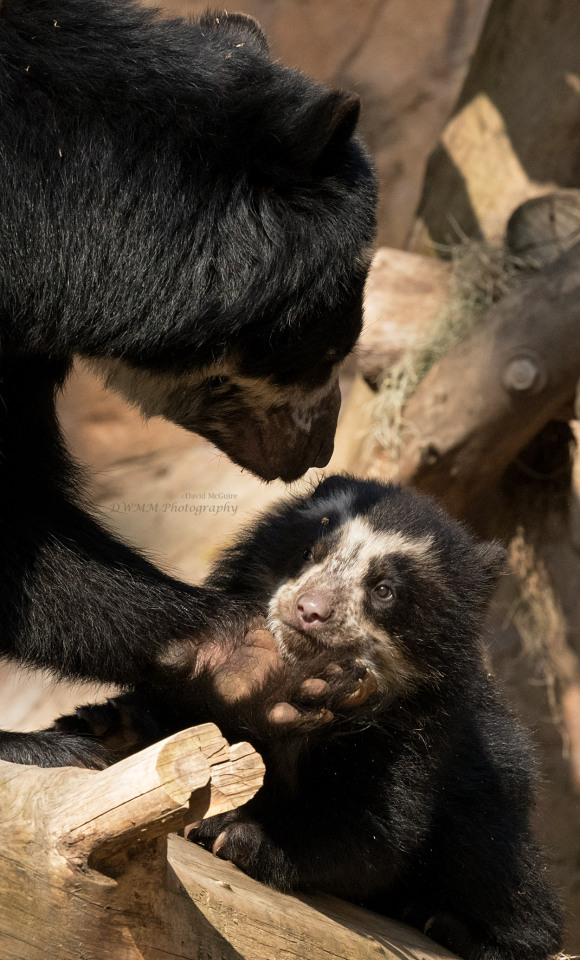
~4 month old Andean bear with mom
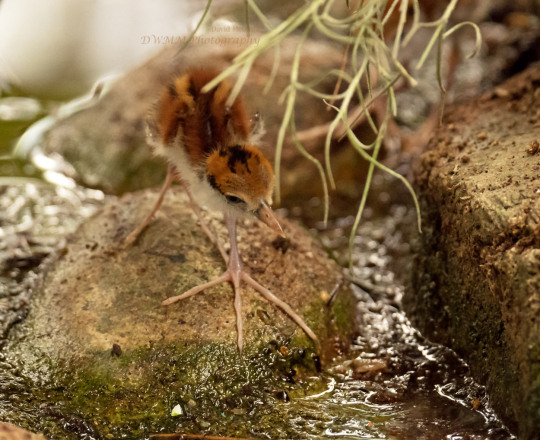
4 day old wattled jacana.
#Amur leopard#Andean bear#spectacled bear#San Diego Zoo#Panthera pardus orientalis#Tremarctos ornatus#Jacana jacana#wattled jacana#zoo babies#murder kitty#zoo photography
448 notes
·
View notes
Text
HAPPY INTERNATIONAL RED PANDA DAY! (16 september).
Here a mama red panda with her cub at San Diego zoo 🐼
#red panda#animals#animals video#little animals#baby animals#cute animals#wild animals#red pandas#panda#red panda day#international red panda day#beautiful animals#cubs#baby animal#little animal#cute animal#san diego zoo
189 notes
·
View notes
Text
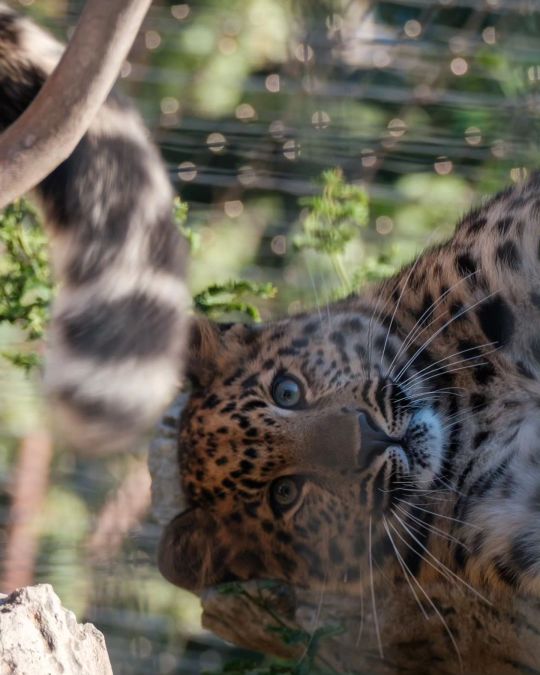
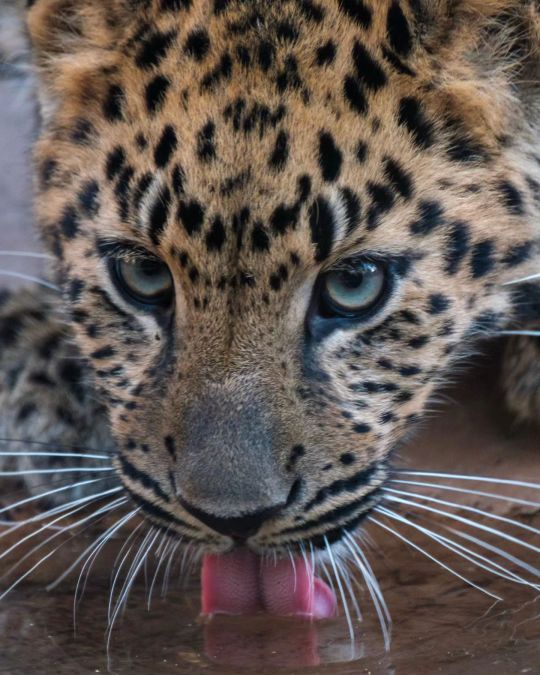
" Ulybka " //© Aaryn Coker
#San Diego Zoo#United States#nature#landscape#Portraits#Wildlife#Big Cats#Amur Leopard#aesthetics#wanderlust#explore#follow#discover
56 notes
·
View notes
Photo


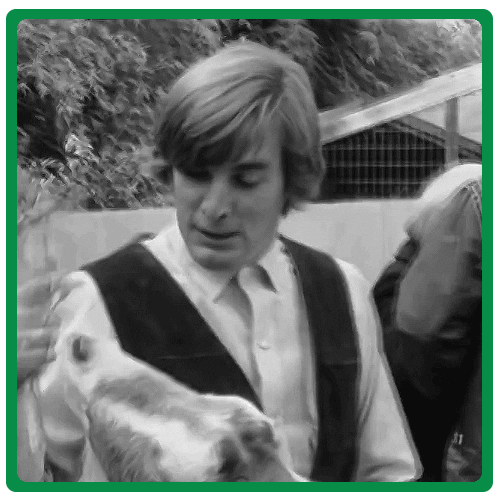
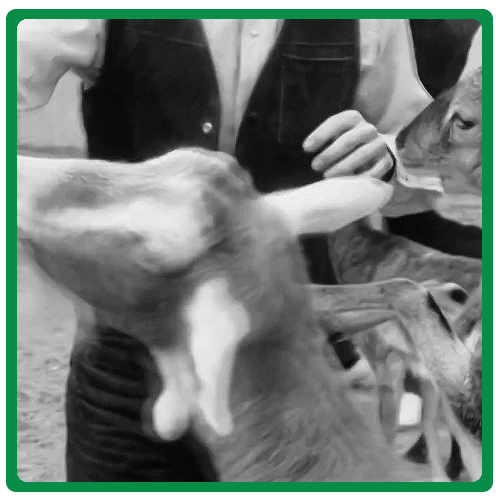
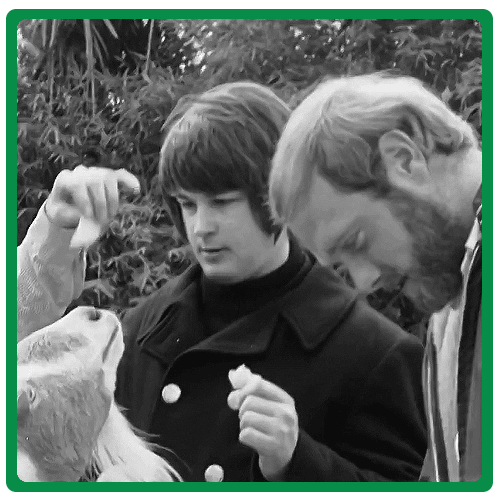
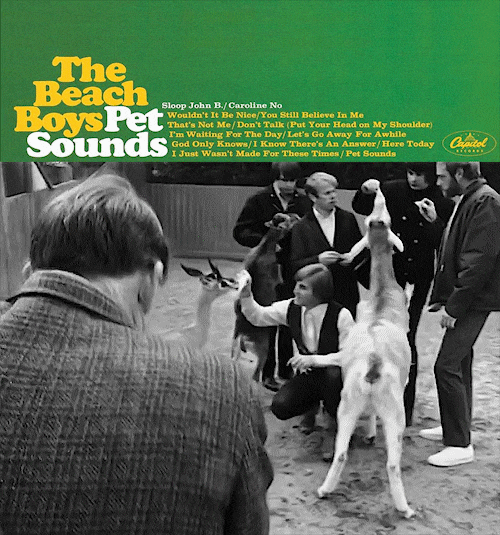
THE BEACH BOYS
pet sounds (1966)
#pet sounds#the beach boys#brian wilson#dennis wilson#carl wilson#mike love#al jardine#dennis: decided he's a goat too and ate the celery <3#san diego zoo#wouldn't it be nice#god only knows#1966#60s
1K notes
·
View notes
Link
“At first glance, the Frozen Zoo looks surprisingly unimposing. Six silver chest-high cryogenic tanks stand in a garage-size room at the Beckman Center in Escondido at the outskirts of the Safari Park, which is part of the San Diego Zoo Wildlife Alliance. But when Houck opens one of the lids and the white nitrogen fog dissipates, one spots the awe-inspiring content: rows and rows of finger-size test tubes.
Together, they contain the living cells of more than 12,500 species. This is what distinguishes the Frozen Zoo from many other biodiversity collections: All the cells are alive. “Every tube contains about a million cells,” Houck explains, including cells of species such as the Saudi gazelle or the Po’ouli bird that are already extinct.
Houck has spent the last three and a half decades collecting, cataloging and multiplying animal cells in her lab next to the Frozen Zoo. She and her three colleagues add a few dozen more species to the collection every year.
“We are trying to conserve the cells of at least six female and six male specimens of each species,” Houck explains, “and a little more of species that reproduce slowly like the rhinos. This is tedious, complex work.” But it wouldn’t be wrong to view the Frozen Zoo as a contemporary version of Noah’s Ark: It has the potential to safeguard the survival of innumerable species.
... since [Houck’s] reputation has grown along with that of the Frozen Zoo, conservationists and zoo directors from all over the world call her for help when a rare animal dies or is being treated. The directors of the nonprofit San Diego Zoo Wildlife Alliance have been pioneering innovative conservation efforts for the last 106 years, and the Alliance has been instrumental in rewilding more than 44 endangered species, including the California condor...
The Frozen Zoo is not only used for research but also serves as an additional gene pool for severely endangered species. Half of the cryo tanks contain the world’s biggest collections of frozen, living reproductive cells (germplasm) of endangered and extinct species. While Houck is the curator of the entire Frozen Zoo, Barbara Durrant, the director of reproductive sciences, is the specialist for the eggs (oocytes) and sperm. In her lab, Durrant analyzes the testicles of mountain lions and the sperms of tigers that experts send her from Asia and Africa. “When anything dies in the Zoo or Safari Park, we get the ovaries or testes,” Durrant explains.
For instance, sperm that had been preserved in the Frozen Zoo was used to increase the genetic diversity of the cheetah. Using methods developed with domestic cats, thawed cheetah sperm fertilized an in vitro matured cheetah oocyte, which then developed into an embryo. “We need to use all methods,” Durrant says, “from natural reproduction to artificial insemination and cloning.”
In 2020, cultures from the Frozen Zoo restored much-needed genetic variation into the critically endangered black-footed ferret population in Wyoming, resulting in the first successful cloning of a native species in the US. That same year, the critically endangered Przewalski’s horse was successfully cloned in Texas with thawed cells from the Frozen Zoo. This is not science fiction: The result, a healthy foal named Kurt, is now running wild in a remote corner of the San Diego Safari Park.” -via Reasons to Be Cheerful, 12/8/22
#conservation#extinction#endangered species#san diego zoo#frozen zoo#rewilding#cheetah#ferret#przewalski's horse#deextinction#good news#hope#cloning#the future is now
173 notes
·
View notes
Link
“A birth of twins is exceptional, no matter the species. However, when those twins are Amur leopards—and fewer than 300 of those big cats are estimated to exist on Earth—the births are especially significant. This week, wildlife care staff at the San Diego Zoo announced the birth of two Amur leopard cubs, increasing this rare cat’s estimated worldwide population by two and furthering the nonprofit conservation organization’s ongoing work to save this vital Asian species.
“Witnessing the birth of Amur leopards is always an emotional experience,” said Gaylene Thomas, wildlife care manager at the San Diego Zoo. “There are so few of them left in their native habitat that every birth carries so much weight—and every living individual promises a glimmer of hope.”
The yet-to-be-named cubs have finally emerged from their quiet birthing den with their mother, Satka, allowing Zoo guests a chance to get their first glimpse of the tiny cats. Over the past several weeks, wildlife care specialists have been closely monitoring the cubs through a remote camera system, analyzing their behaviors and documenting their development. That initial hands-off approach was crucial, as it allowed the youngsters to bond with and learn from their mother.

The cubs were born as part of a breeding recommendation through the Association of Zoos and Aquariums’ Amur Leopard Species Survival Plan (SSP). Each SSP program, overseen by conservationists nationwide, ensures genetic diversity and healthy, self-sustaining assurance populations of threatened and endangered wildlife. This is the third Amur leopard litter born at the San Diego Zoo. The first litter was in April 2018 (with two females), and the second was in April 2020 (with two males). All three were naturally sired by male Amur leopard Oskar.”
#conservation#San Diego Zoo#Amur leopard#Far Eastern leopard#big cat#big cats#endangered#leopard#leopards#zoo#captive
78 notes
·
View notes
Text
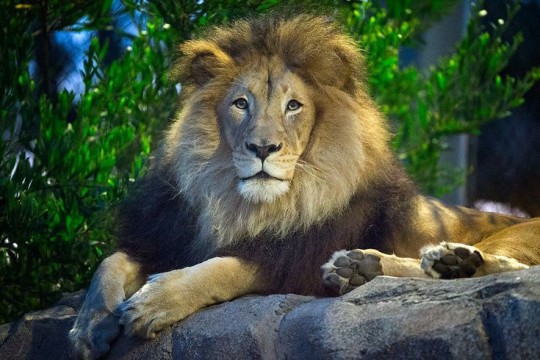
M'bari at night-time at the San Diego Zoo
📸 by Darrell Ybarrondo
9 notes
·
View notes
Photo
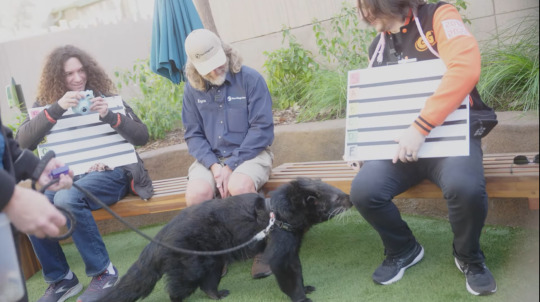
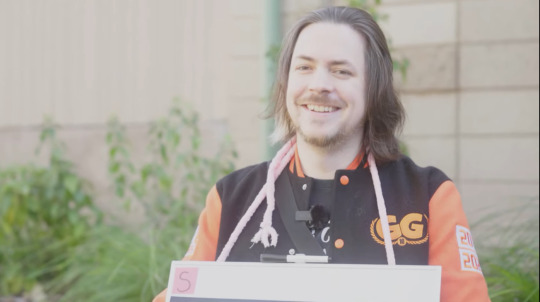
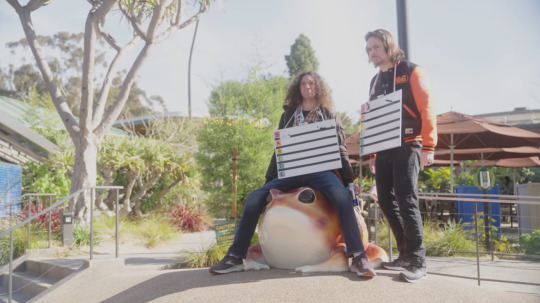


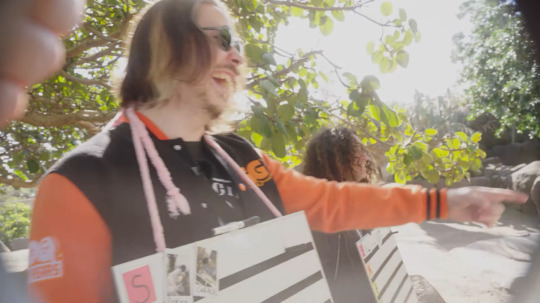




// today’s power hour was so wholesome! 🥰🥰🥰
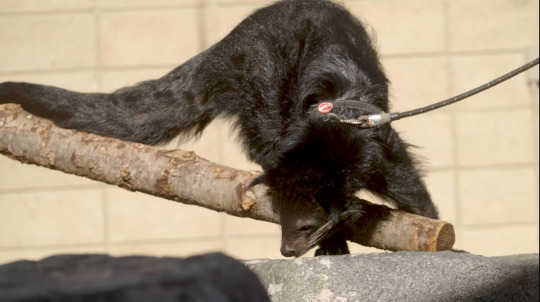

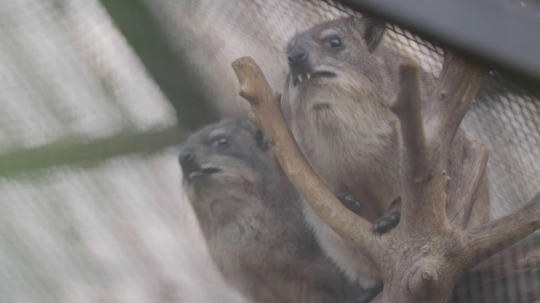


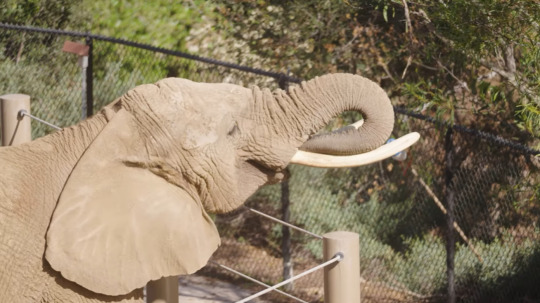



#special interests ;;#the grumps#game grumps#arin hanson#dan avidan#suzy#10 minute power hour#san diego zoo#bryce#tmph spoilers#gg spoilers#grumps spoilers#🥰🥰🥰#💖💖💖
73 notes
·
View notes
Text

A herd of Somali wild asses (Equus africanus somaliensis) at the San Diego Zoo, USA
by the San Diego Zoo Wildlife Alliance
#somali wild ass#african wild ass#equines#equus africanus#equus#equidae#perissodactyla#mammalia#chordata#captive animal#san diego zoo#juvenile
362 notes
·
View notes
Text

san diego zoo study!
33 notes
·
View notes
Video
Strange Bird by Don Giallanza
Via Flickr:
San Diego Zoo
20 notes
·
View notes
Text
Native to the steppes of Central Asia, Przewalski's horse has long been considered the only remaining species of wild horse.
They were endangered from agricultural competition, human conflicts and brutal winter conditions
Dolly, the famous cloned sheep, lived to be only 6 years old, about half the normal lifespan of a sheep. While other cloned sheep appear to be living normal lifespans.
10 notes
·
View notes
Text
In lieu of book club this week… a couple of playful sloth bears. This video is not for people who don’t like to smile and feel good. 😉
#sloth bears#san diego zoo#playful couple#conservation#Mother Nature#cute#animals#bears#life is happening
321 notes
·
View notes
Text
October Favorite Photos
A few of my favorite photos from October 2023!

View On WordPress
#2023#California Artist#cats#Favorite Photos#Flowers#Intuitive art#iPhone#October#photography#San Diego#San Diego Artist#San Diego Zoo#Series#Shady Grove#Tiffany Arp Daleo#visual art#Women Artist
13 notes
·
View notes
